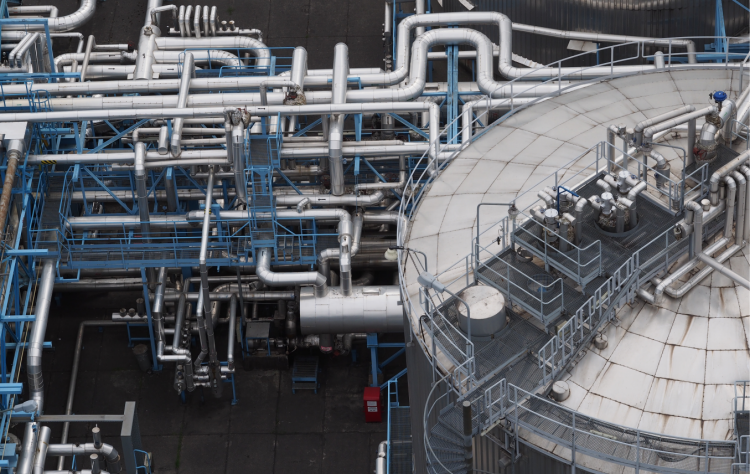


Our Solutions to Your Applications
AxFlow are in the business of finding the best solution for your application. We know it's all about the details.



AxFlow are in the business of finding the best solution for your application. We know it's all about the details.